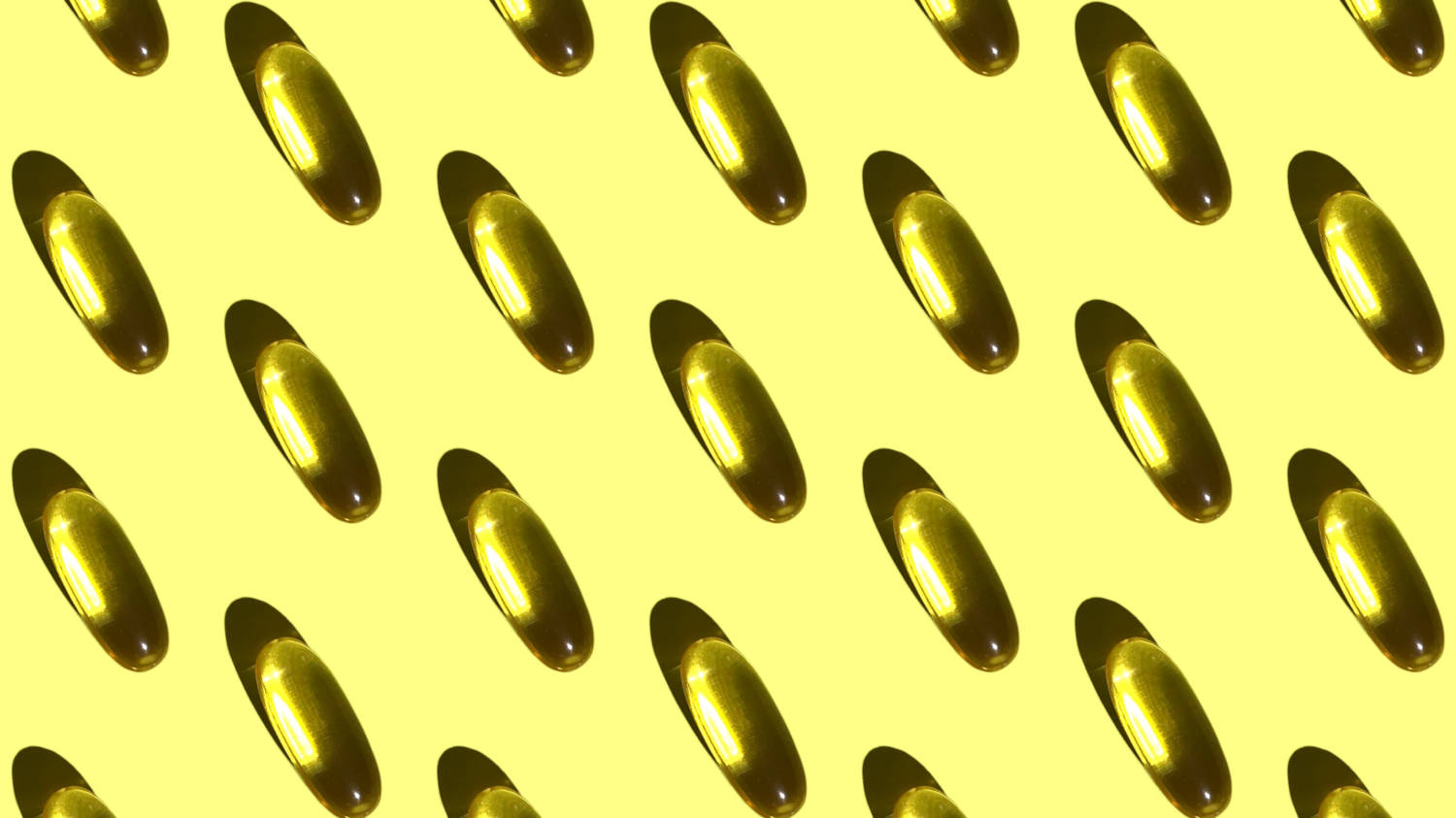Some 100,000 years ago, we humans roamed as Hunter-Gatherers through the Savannahs of East Africa. We all had dark skin protecting us against the all year around intensive equatorial sun. Moreover, we would not have to think about vitamin D, since due to our outdoor lifestyle, the molecule would be made in large amounts in our skin.
Article published by Prof. Carsten Carlberg in the September issue of “Diabetes” bulletin
However, times have significantly changed. We still have largely the anatomy, physiology and biochemistry of stone-age people, but in the meanwhile many of us have moved to Europe with its colder climate and less sun exposure, in particular during winter times. In Poland there are 3-4 winter months, in which even on a sunny day the UV-B content of sunlight too low to allow any vitamin D production. Moreover, many of us do not spend even in summer enough time outside with bare skin, in order to make sufficient amounts of vitamin D. Then the molecule is a real vitamin for us, which we have to take up by diet or direct supplementation with pills. This may be done either only during winter (November to March) or even the whole year, if we are not too much of an outdoor person.
Why do we need vitamin D? The molecule is a critical regulator of calcium levels in our blood, which we need for keeping our bones stable. Too low vitamin D can lead to bone malformations and diseases that are called rickets in children and osteomalacia in adults. In addition, vitamin D is an important modulator of our immune system. On one hand, it prevents an overboarding activity of cells of the adaptive immune system, such as T cells, and reduces in this way the risk for and progression of autoimmune diseases like multiple sclerosis and type 1 diabetes. On the other hand, vitamin D pushes the activity of innate immune cells, such as monocytes, macrophages and dendritic cells, which are in the frontline of the fight against viruses and bacteria causing diseases like COVID-19, influenza and tuberculosis. Moreover, macrophages are the key cells of inflammatory reactions that are either beneficial, when they are acute, i.e., for a short time, like in the context of an accident. However, with increasing age there can be many sites of chronic, long-term inflammation at throughout our body, such as in our pancreas (type 2 diabetes), our arteries (arteriosclerosis) or our brain (Alzheimer’s disease). Vitamin D trains macrophages and monocytes, to react appropriately, so that they efficiently fight against microbes but do not harm organs by their long-term presence.
Unfortunately, if we are not so wealthy to eat several times per week fatty fish like salmon, our diet does not contain enough vitamin D for our daily needs. So, how much vitamin D do we need? This question is still discussed a lot between experts. There are “warners” that are afraid that some of us take too much vitamin D and may have too much calcium in our tissues. However, the majority of the worldwide experts came to the conclusion that the official dietary recommendation for vitamin D are too low. Our vitamin D status, i.e., the concentration of the most stable vitamin D metabolite (25-hydroxyvitamin D) in our blood, should be at least 50 nM (20 ng/ml), but better 75-100 nM (30-40 ng/ml). For comparison, members of today’s traditionally living tribes in East Africa have even a serum level of around 125 nM (50 ng/ml). Up to a concentration of 250 nM (100 ng/ml) a vitamin D status is considered as safe, but higher levels, in particular over a prolonged period, should be definitely avoided.
There is another complication of the story. We all react differently to vitamin D. For “lucky” high responders already rather low vitamin D doses are sufficient, in order to get full health benefit from the molecule. In contrast, one in four persons is a low responder and needs far higher daily doses of vitamin D, in order to profit in staying healthy. How do we know that we may be a low responder? Sometimes experienced doctors can deduce it from our health status, the response of physiology to vitamin D supplementation and/or our disease history. Should we regularly monitor our vitamin D status? No, if we do not have any special medical condition, such as a genetic problem in vitamin D metabolism, this is not necessary. The easiest and cheapest solution is, if we all take enough vitamin D. The high responder will be not harmed and the low responder will fully benefit.
How much vitamin D should we then take? A simple thumb rule is to take every day, at least during the dark times of winter, 1 µg of vitamin D (40 Units) per kg body weight. Thus, a 100 kg person can take 4000 Units (100 µg), while a 50 kg person is fine with 2000 Units (50 µg) per day. However, in special situations, such as the third trimester of pregnancy up to 6000 Units (150 µg) are recommended. Moreover, we definitely should not forget our children. Their bones are growing and their immune system has to learn a lot about the presence of microbes. Therefore, 500 Units in the first 2 years of life and then 1000 Units are fine up to a weight of 25 kg, after which the rule for adults may apply.






